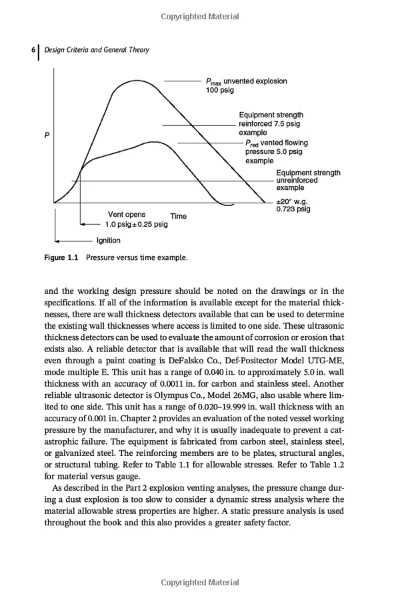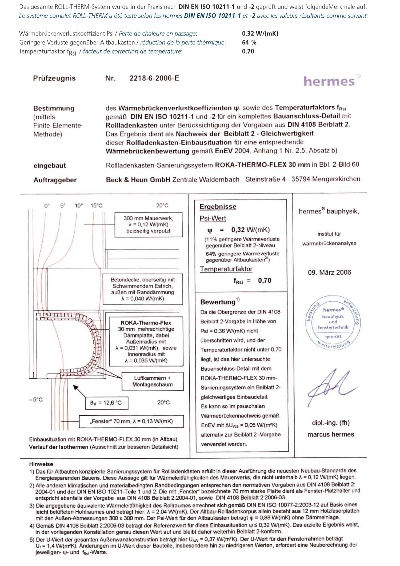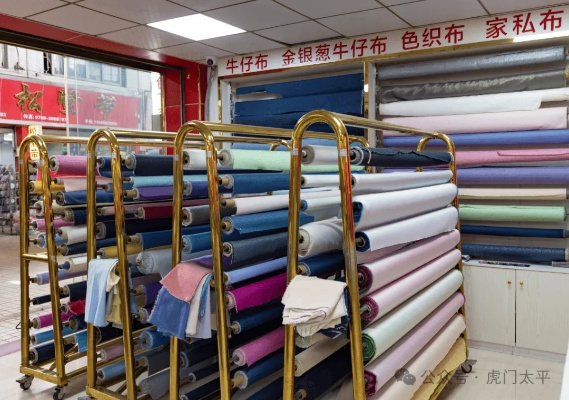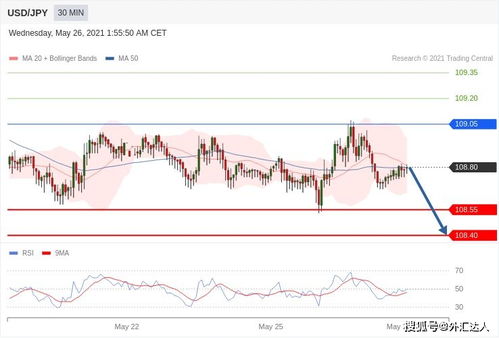Understanding and Complying with Textile Performance Test Standards
: Understanding and Complying with Textile Performance Test Standards,Textile products, as a crucial part of daily life, require strict testing to ensure their quality and performance. In this paper, we discuss the understanding and compliance with textile performance test standards. Firstly, we introduce the importance of these standards in ensuring the safety and quality of textile products. Secondly, we analyze the testing methods and criteria for different types of textile products, such as clothing, home textiles, and industrial textiles. Thirdly, we explore the challenges faced by textile companies when complying with these standards, including cost, time, and technical difficulties. Finally, we propose some suggestions for textile companies to improve their understanding and compliance with textile performance test standards, such as improving technical levels, strengthening training, and establishing effective communication mechanisms. Through our discussion, we hope to help textile companies better understand and comply with textile performance test standards, and promote the development of the textile industry.
Introduction: Textiles, the foundation of our lives, are not just functional but also aesthetically pleasing. They come in various forms, from clothing to home textiles like curtains and carpets. These textiles serve a multitude of purposes, from providing warmth in winter to protecting us from the sun in summer. However, their performance is often dependent on the quality and durability they offer. This is where textile performance testing standards come into play. In this article, we will delve into the importance of these standards, their applications, and how they can help ensure that you're buying high-quality textiles.
Textile Performance Test Standards: Textile performance testing standards are designed to evaluate the quality and performance of textile products. These standards are essential for manufacturers, retailers, and consumers alike as they provide a benchmark for assessing the performance of textiles. There are several types of textile performance tests, including:
-
Tensile Strength Tests: These tests measure the strength of the material under tension. They are crucial for determining the durability and longevity of textiles, such as fabrics and carpets.

-
Tear Resistance Tests: These tests measure the resistance of a textile to tearing. They are used to assess the quality of apparel and other textiles that may be subject to wear and tear.
-
Water Absorption and Rheology Tests: These tests evaluate the ability of a textile to absorb water and its response to changes in temperature and pressure. They are important for understanding the comfort and functionality of textiles, such as bedding and upholstery.
-
Flammability Tests: These tests measure the heat release rate (HRR) of a textile when exposed to flames. They are critical for ensuring that textiles are fire-resistant and safe for use in areas where there is a risk of fire.
-
Ease of Care Tests: These tests evaluate the ease of care required for a textile product, such as whether it requires regular cleaning or washing. They are important for consumers who want to maintain their textiles without excessive effort.
Applications of Textile Performance Test Standards: Textile performance testing standards have numerous applications across different industries. Here are some examples:
-
Manufacturers: Textile manufacturers must adhere to these standards to ensure that their products meet industry requirements. This helps them stand out in the market and build trust with customers.
-
Retailers: Retailers use these standards to evaluate the quality of textiles they sell. They can then recommend products that meet these standards to their customers, ensuring that they are getting the best value for their money.
-
Consumers: Consumers can use these standards to evaluate the quality of textiles they purchase. By knowing what standard a product meets, they can make informed decisions about which products are worth investing in.
Importance of Compliance with Textile Performance Test Standards: Compliance with textile performance testing standards is essential for maintaining the quality and safety of textile products. It ensures that textiles are durable, comfortable, and safe for use. Without compliance, textiles may fail to meet these standards, leading to poor quality and safety risks.
Case Study: Let's take a look at the case of a popular brand of clothing that was found to be non-compliant with certain textile performance testing standards. The company had been selling their clothes for years, but recently, they were caught by a consumer complaint about the quality of the fabric. After investigation, it was found that the company had not followed the appropriate textile performance testing standards. As a result, the company had to recall all their clothing products and invest in new manufacturing processes to ensure that they met the standards. This case highlights the importance of complying with textile performance testing standards and the potential consequences of not doing so.
Conclusion: In conclusion, textile performance testing standards are crucial for ensuring the quality and safety of textile products. They provide a benchmark for evaluating the performance of textiles and help manufacturers, retailers, and consumers make informed decisions about which products to buy. By following these standards, we can ensure that our textiles are durable, comfortable, and safe for use. Let's work towards a future where textiles meet these standards and contribute to a better world.
纺织品作为日常生活中不可或缺的衣被材料,其性能直接关系到人们的舒适度和安全性,为了确保纺织品的质量和性能达到预期标准,制定一套完善的纺织品性能检测标准至关重要,本篇文章将围绕纺织品性能检测标准展开讨论,并结合实际案例进行说明。
纺织品性能检测标准概述
检测项目与指标

纺织品性能检测标准主要包括纤维类型、织物结构、尺寸稳定性、抗皱性、吸湿性、耐热性、耐化学腐蚀性等多个方面,具体指标包括纤维长度、纤维直径、织物结构均匀性、尺寸精度、抗皱性能测试等。
检测方法与流程
纺织品性能检测方法主要包括样品采集、样品处理、性能测试等步骤,具体流程包括样品准备、实验操作、数据分析等环节,在检测过程中,应遵循严格的操作规程和质量控制体系,确保检测结果的准确性和可靠性。
实际案例分析
某品牌纺织品性能检测标准执行情况
某品牌在纺织品生产过程中,严格按照纺织品性能检测标准进行质量控制,该品牌采用先进的检测设备和技术手段,对纺织品纤维类型、织物结构、尺寸稳定性等关键指标进行全面检测,该品牌注重实验过程的质量控制,确保实验数据的准确性和可靠性,经过严格检测,该品牌生产的纺织品各项性能指标均达到国家标准要求,赢得了广大消费者的信赖和好评。
纺织品性能检测标准在实际应用中的案例
在实际应用中,纺织品性能检测标准对于保障纺织品质量具有重要意义,在服装行业中,纺织品性能检测标准可以确保服装的舒适度和安全性,在纺织材料领域,纺织品性能检测标准可以确保纺织材料的耐用性和环保性,纺织品性能检测标准还可以为纺织品的研发和生产提供科学依据,促进纺织行业的健康发展。
纺织品性能检测标准补充说明
纤维类型与织物结构检测方法
纤维类型与织物结构是影响纺织品性能的关键因素,在纤维类型与织物结构检测方面,可以采用显微镜观察、纤维分析仪等设备进行检测,具体检测方法包括纤维长度、纤维直径的测量,织物结构的观察和分析等,还需要注意纤维类型与织物结构的均匀性和一致性,以确保纺织品性能的稳定性和可靠性。
尺寸稳定性与抗皱性测试案例
尺寸稳定性与抗皱性是纺织品的重要性能指标,在尺寸稳定性与抗皱性测试方面,可以采用静态拉伸试验、动态拉伸试验等设备进行测试,具体测试案例包括对纺织品在不同温度和湿度条件下的尺寸稳定性测试,以及抗皱性能测试等,通过这些测试,可以评估纺织品的尺寸精度和抗皱性能,确保纺织品的品质和可靠性。
制定和完善纺织品性能检测标准对于保障纺织品质量具有重要意义,在实际应用中,应注重提高检测设备的先进性和准确性,加强实验过程的质量控制,确保检测结果的准确性和可靠性,还应注重提高纺织品的研发和生产水平,促进纺织行业的健康发展。
Articles related to the knowledge points of this article:
The Story of Xian New District Luo Qiuliang Textile Wholesale
The Story of Xian New District Lishan Textile Wholesale



